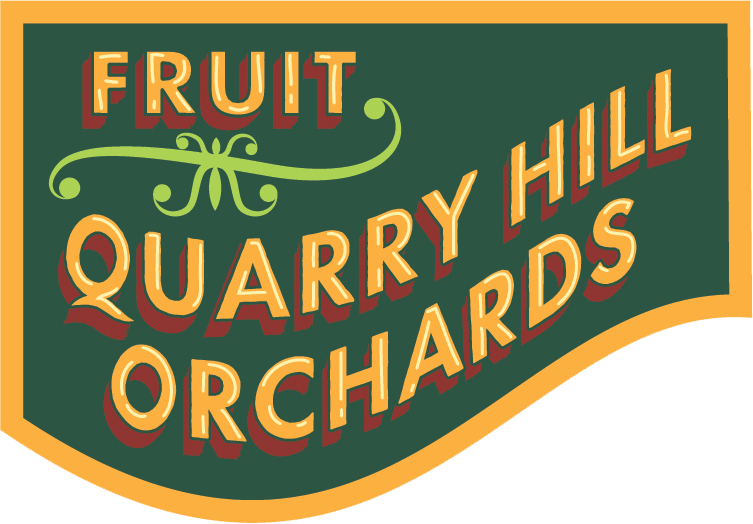 BEN’S CHERRY ESSAY for EDIBLE CLEVELAND
BEN’S CHERRY ESSAY for EDIBLE CLEVELAND
June 2019
Once prolific, the number of cherry orchards has diminished through the years
I often stumble across old maps and aerial photos showing an evolution of land use on our farm, as well as those surrounding us. While recently preparing our fertilizer regimen for the season, I found a few archival photos dating back to the 1930s. The landscape was adorned with orchards throughout our little township. It appeared that most farming operations had dedicated orchard ground of some type. My father recalled the days of his youth and confirmed my observation. Orchards, including cherries, were prolific. He remembers my grandfather speaking of Pickett’s Cherry Farm located just west of us in Bellevue. That entire operation was dedicated solely to cherry production.
So, where have all the cherries gone? Was there some dramatic event that led to a decrease in cherry production? No. As it goes with most things in our lives, it was a slow evolution, a shift toward dedicating land for predictable crops of quality fruit.
Cherries, like other stone fruits, such as peaches and plums, are happier without extreme cold temperatures. The spring is a particularly vulnerable time for cherries, in that they bloom early and thus expose new green tissue to potentially damaging late freezes. And then, there are the challenges faced during the growing season: a host of rots can set in, as well as skin cracking, all brought on by excessive rain during the ripening window prior to harvesting in mid-June. Our counterparts in western Michigan have a more temperate climate that mitigates some of these factors. But the real domestic production is in Washington State, where a high, arid climate provides the necessary winter chilling hours, but avoids the humidity and pest pressure found in the Midwest. Out west, cherry orchards can receive a regular and controlled amount of water via irrigation and enjoy predictable sunny days on the slopes of the Sierras.
Read the published article with Edible Cleveland online here.







